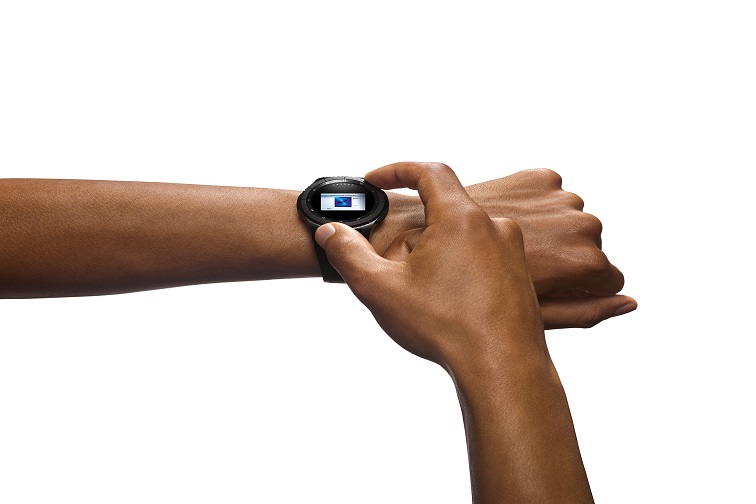With 22 million units sold in Q1 of 2017 alone, wearables have made a huge impact on the world since its popularization of activity trackers in 2014. Today, wearables are being applied in both consumer and enterprise capacities for a variety of tasks and in a variety of industries.
Some of the most popular types of wearables are fitness trackers, smart glasses, smart cameras, smart watches and bio sensors.
In a recent report conducted by ABI Research, they have forecasted that the enterprise wearable market will reach a device revenue of $55 billion in the U.S. by 2022, a huge jump from the forecasted 10.5 billion U.S. in 2017 driving the CAGR up to 39%.
This study has only solidified SDSA’s belief that wearables, and not just smart watches, are going to make a huge impact on industries and corporations across the world. Early adopters will be rewarded with improved productivity, customer experiences and a happier IT department.
What does this mean for enterprises?
Enterprises need to embrace wearable technology in order to stay competitive. In fact, 81% of 2,400 CIOs said that wearables will become common place in the enterprise, but only 20% said that it will happen within the next two years.
Leaders within the enterprise understand that adopting this technology is inevitable, but there are a few challenges that come along with the adoption of this technology. Some of these challenges include:
•Security: Wearables create another channel to access corporate data therefore, enterprises need to ensure there will be no security breaches associated with this new technology.
•Investment: New technology is expensive to implement, and enterprises need to be able to prove ROI and show examples of emerging use cases.
•Support: Until recently, there was no easy way to implement and manage wearable devices in the enterprise which caused short-staffed IT departments concern about adding complexity to their support.
Some of the industries we have identified as potential early adopters of this technology for the enterprise are manufacturing, healthcare, public services, hospitality, retail and transportation.
All of these industries share the following set of key traits:
•Physically concentrated work environment
•High number of specialized workers
•Complex business processes
•Fast-paced environments
•Employees who work with their hands and can benefit from hands-free technology
Samsung SDS has embraced this technology and has even created the world’s first Enterprise Mobility Management (EMM) solution for Tizen devices. We aim to make the jobs of enterprise employees in a variety of industries both simpler and safer all while taking the burden of managing multiple devices off the backs of IT departments.
To learn more about our EMM for Wearables solution and services, please contact us at bd.sdsa@samsung.com.

Emily Clauser is one of SDSA’s marketing coordinators, focused on content creation. She heads the content program and is focused in the areas of enterprise technology in industries ranging from retail, government and financial services.
- Four Big IT Transformations for Enterprise Agility
- Enhancing Your Organization’s Telehealth And Telemedicine Services | Samsung SDS
- Decreasing Abandonment Rates With Simplified Remote Patient Monitoring (RPM) | Samsung SDS
- A Little Thought on Elasticsearch
- Radiant RFID and Samsung SDS bring a novel smartwatch-based solution for encouraging Social Distancing and allowing fast Contact Tracing to market to help the world get back to work.
- Wearable Devices Take Enterprise Mobility to the Next Level
